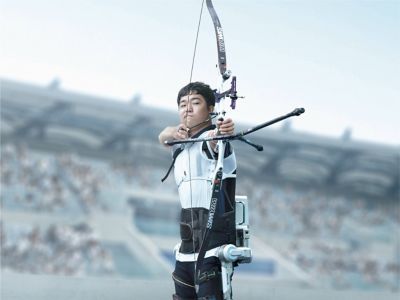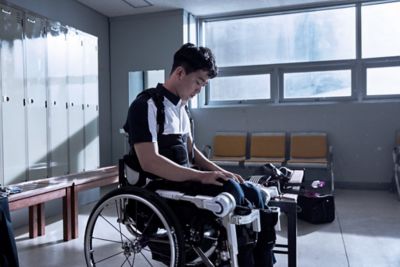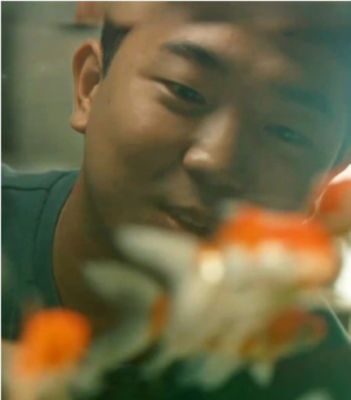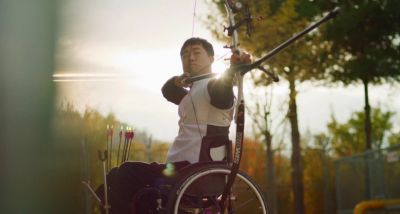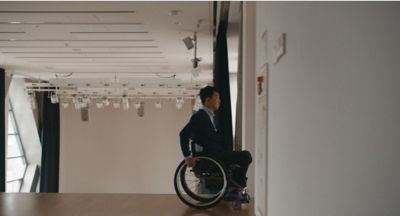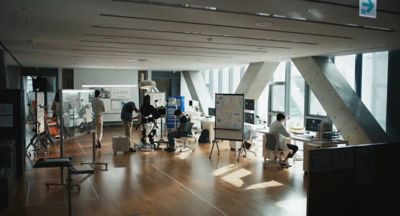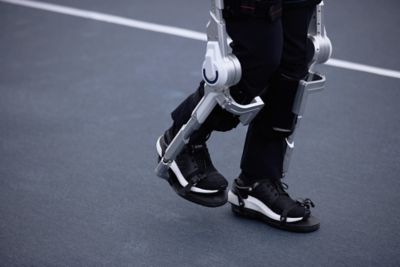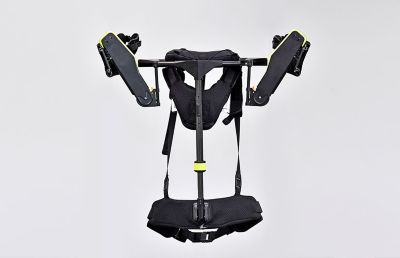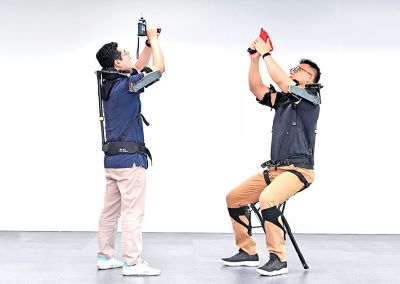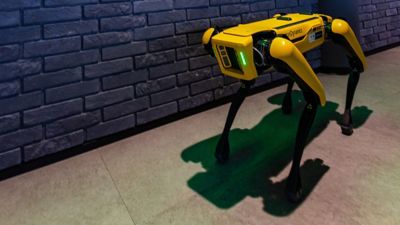Technology developed for humans.
Robotics have the potential to greatly improve our quality of life. At work, at home, or at play – our solutions provide support for all kinds of tasks. From helping people with spinal cord injuries to walk again to assisting industrial workers on the job.
How can our robotics help Jun-beom Park walk again?
Jun-beom's success and motivation, despite his challenging circumstances, moved and inspired our robotics Team. From the moment Jun-beom personally reached out, our “Second first steps” project began. Could we help him walk again?

Wearable Vest Exoskeleton.
Vest Exoskeleton (VEX) is another wearable robot developed by Hyundai. It's created to assist industrial workers who spend long hours working in overhead environments.
